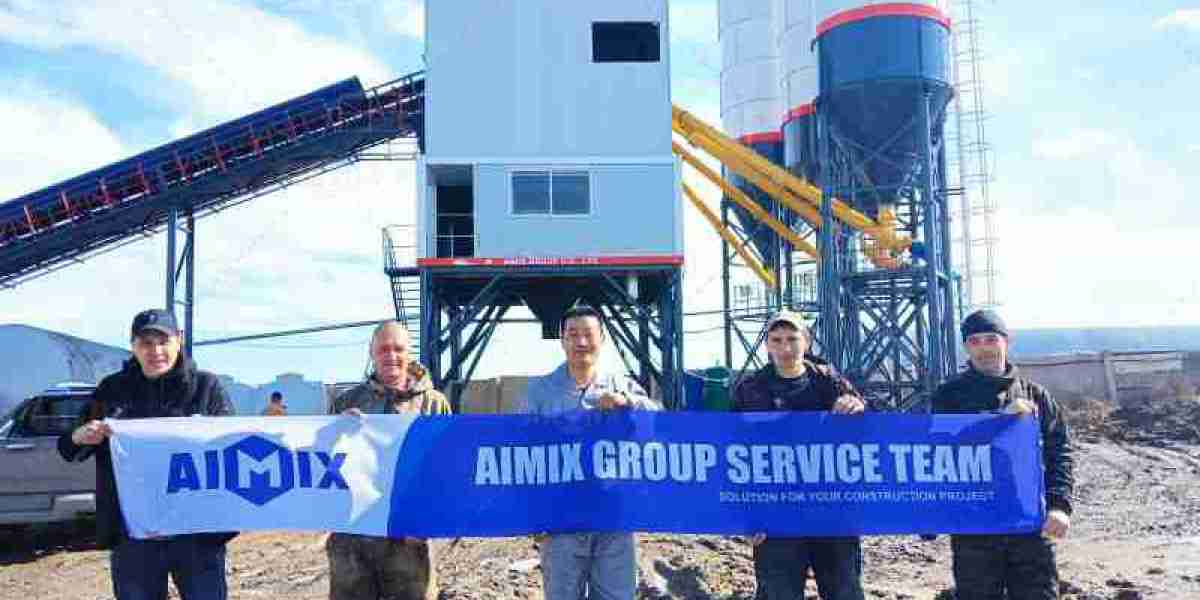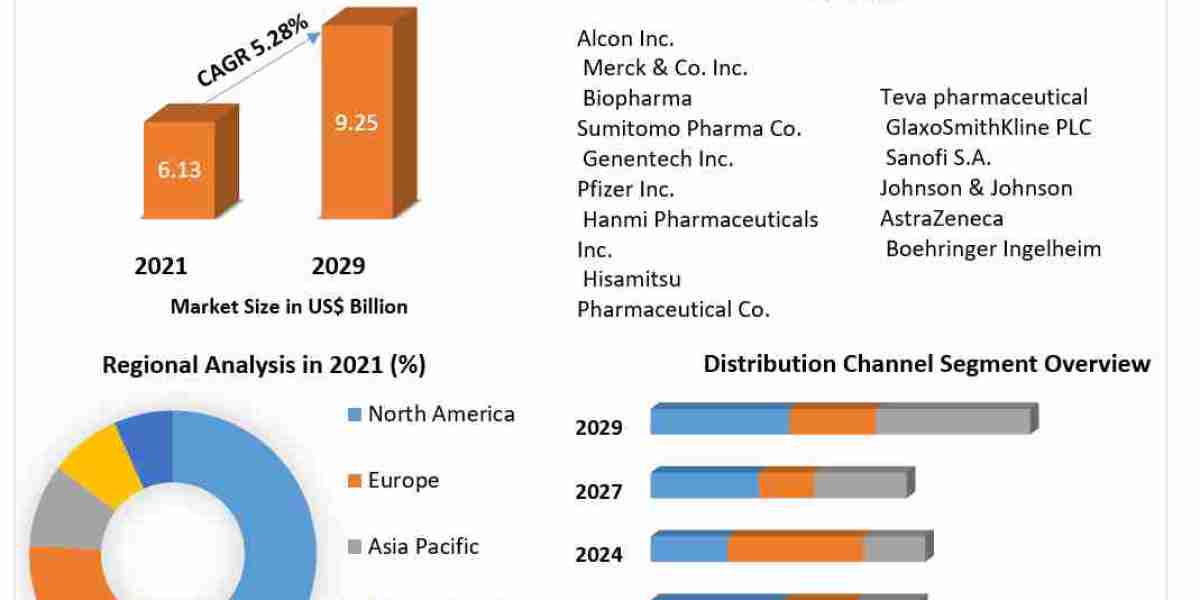The concrete industry is evolving rapidly, with growing demand for more efficient, sustainable, and cost-effective solutions. As such, the cost of batching plants—essential equipment for producing ready-mix concrete—has become a key concern for many construction businesses. Understanding the factors that influence batching plant costs and predicting future trends can help businesses make better purchasing decisions. In this article, we’ll explore the expected trends in batching plant costs for 2024 and beyond.
1. Rising Raw Material Costs
The cost of raw materials used in the construction of batching plants, such as steel, cement, and electronics, has seen significant fluctuations in recent years. This trend is expected to continue in 2024, as global supply chains remain unpredictable and geopolitical tensions affect production.
Impact on Batching Plant Costs:
- Steel prices are likely to remain high due to limited availability and increased demand from various industries. As a result, the cost of steel structures in batching plants may increase.
- The cost of electronic components and automation systems could rise, driven by global shortages in semiconductors and other critical materials.
To mitigate these costs, manufacturers may focus on alternative materials, such as lighter alloys or locally sourced components, to keep production costs in check. However, construction companies may need to budget for higher prices when purchasing new batching plants in the near future.
2. Increased Demand for Sustainable Solutions
As environmental concerns become more pressing, governments and construction companies are increasingly prioritizing sustainable practices. Batching plants that feature energy-efficient systems, water recycling technologies, and eco-friendly materials are expected to become more popular. While these features can initially increase the upfront cost of the plant, they may ultimately save money by reducing energy consumption and water use in the long term.
Key Sustainable Features to Watch:
- Energy-efficient motors and solar-powered systems to reduce electricity consumption.
- Closed-loop water recycling systems to minimize water waste and comply with environmental regulations.
- Emission control technologies to meet stricter air quality standards.
In 2024 and beyond, the integration of these sustainable technologies will likely drive up initial costs but create long-term savings for businesses committed to green building practices. Expect batch plant manufacturers to offer more options that incorporate these sustainable solutions, especially as regulations continue to tighten.














